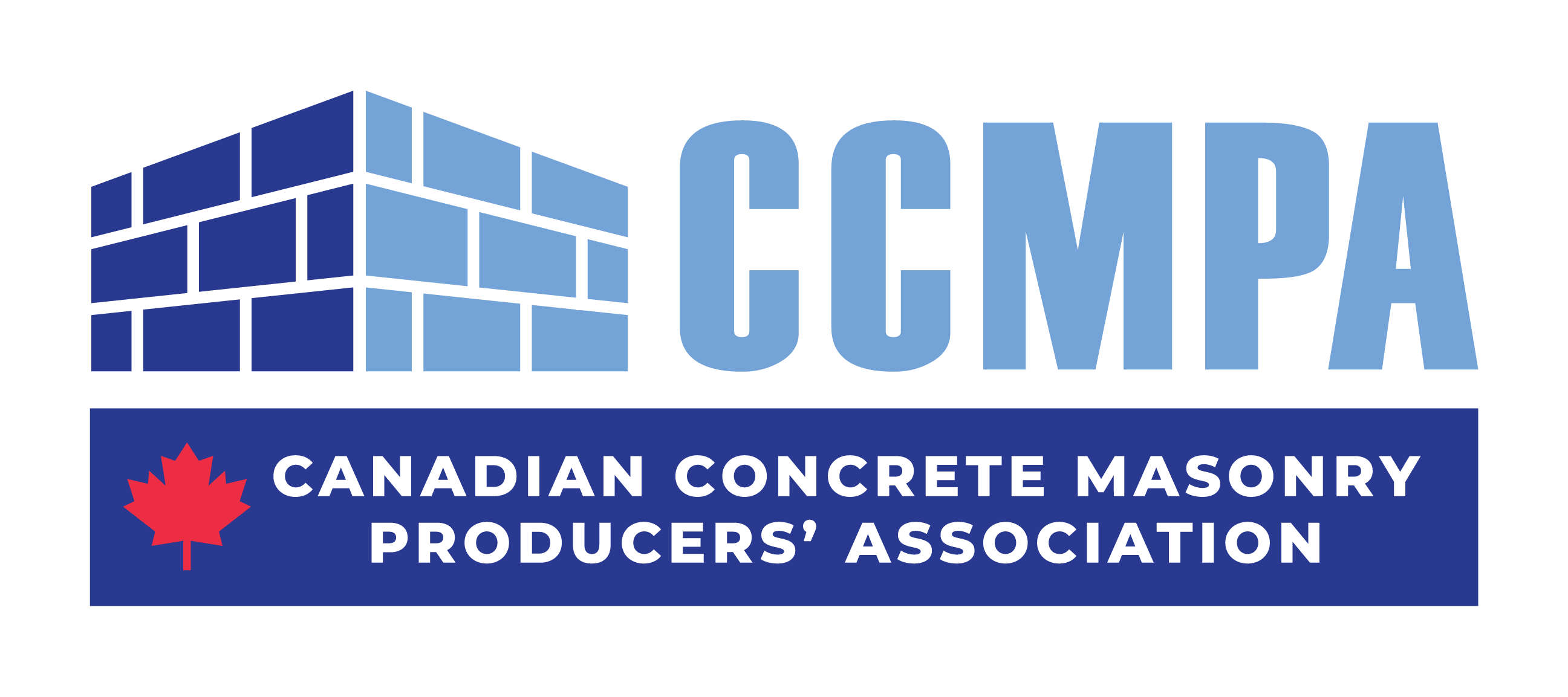Sound judgment and project specifications — not political agendas — should determine the building materials used in Canadian construction.
TORONTO — December 7, 2012 — Canada’s National Building Code encourages the use of different materials to optimize building performance, and cities like Halifax should do the same, say several Canadian builders and engineers.
Their statements follow a report released recently by the City of Halifax recommending the use of wood as a first choice in municipal building construction. Spearheaded by Halifax City Councilor Jennifer Watts, the report says that environmentally, wood building materials “have lower energy, water and air quality impacts than alternatives,” while economically, the use of wood would benefit Nova Scotia’s forestry and lumber sectors — “mainstays” of the provincial economy.
“While economics and environment are both valid considerations in construction, what about public safety?” says Paul Hargest, President of the Canadian Concrete Masonry Producers Association (CCMPA). “Ask anyone where they would rather be in the event of a fire — a structure made of wood, or one built with materials such as masonry or concrete.”
Canada’s National Building Code not only encourages the use of different materials for optimal building performance, but also limits the use of wood to buildings four storeys and less — a fact, says Hargest, that strongly suggests wood is not always the best material for the job.
“Experienced designers, forensic building investigators and those familiar with building codes know that ‘performance’ is a sliding scale — one that depends on where you want to set the bar,” he says.
Put another way, the performance of one material, while significant in its own right, does not equal that of another. The “scale” slides from one material to another.
Yasser Korany is Associate Professor of Structural Engineering at the University of Alberta. He says, “Depending on the academic training received, an engineer may or may not be well-schooled in or comfortable with the use of wood. Concrete and steel are both common curriculum elements given the fact that they’re the most widely-used materials. Wood, however, is not, and to force an engineer to design and construct with it could ultimately compromise a building’s structural safety and durability.”
Only one province in Canada has implemented “wood first” legislation — British Columbia, in 2009 — and now, the province’s Chamber of Commerce is seeking to amend the law so that wood is no longer prescribed as “the primary building material in all provincially funded buildings”.
Meanwhile, federal policymakers have considered proposals to step up the National Building Code to better protect communities from wildfires — fires like the May 2011 blaze that tore through Slave Lake, Alberta, costing more than $1 billion in damage, fire-fighting and relief.
The proposals were rejected — a move criticized by engineers like Alberta’s Dr. Mark Hagel, who says, “The building codes are supposed to protect the public so that the average citizen does not have to become an expert in building materials simply to purchase a home.”
In response to the Halifax report, Hagel asks, “Since when did deforestation become environmentally friendly? Yes, trees are planted for reforestation, but trees taken from old- growth forests can take centuries to regrow, so in that sense are non-renewable in a reasonable amount of time.”
He adds that masonry, for one, is highly recyclable and often outlasts wood by centuries, typically with much less maintenance and at a lower cost.
There are many different materials available for construction in Canada, and in the words of CCMPA’s Paul Hargest, “Why not let professional discretion, practical application and fair competition determine what works best?”
ABOUT CCMPA
The Canadian Concrete Masonry Producers Association operates as Region 6 of the National Concrete Masonry Association, and is the representative voice for the Canadian concrete block manufacturing industry. The Association supports concrete masonry producers and suppliers in a number of areas including standards, training, technological research, government relations, and marketing and communications. Through these areas, the Association works to ensure the highest standards of quality and maintain the industry’s strong market presence.
For more information or to arrange an interview with Paul Hargest:
Marina de Souza
Managing Director, CCMPA
Toll Free: 1-888-495-7497
Phone: 416-495-7497
Fax: 416-495-8939
mdesouza@ccmpa.ca
ccmpa.ca



